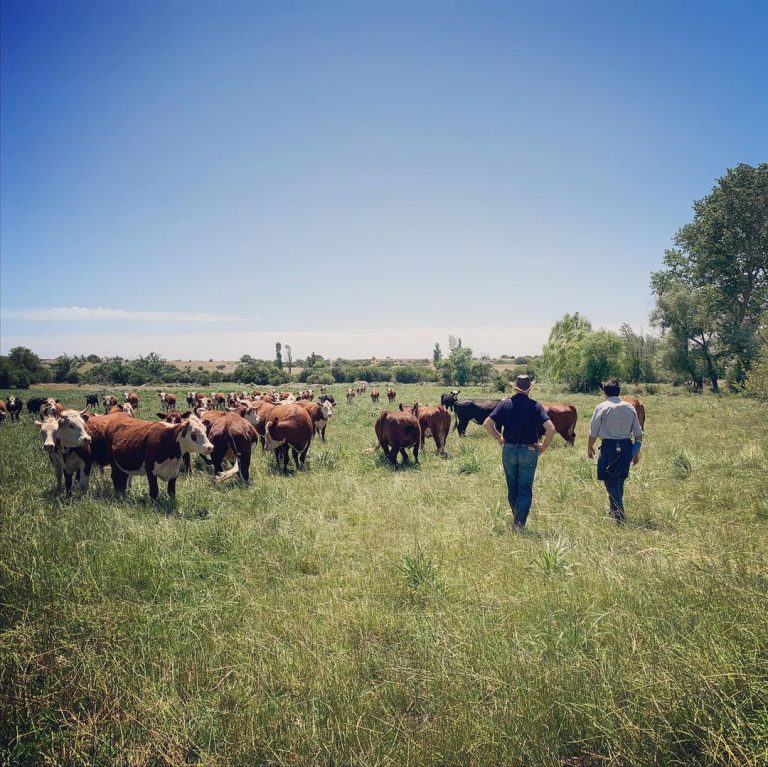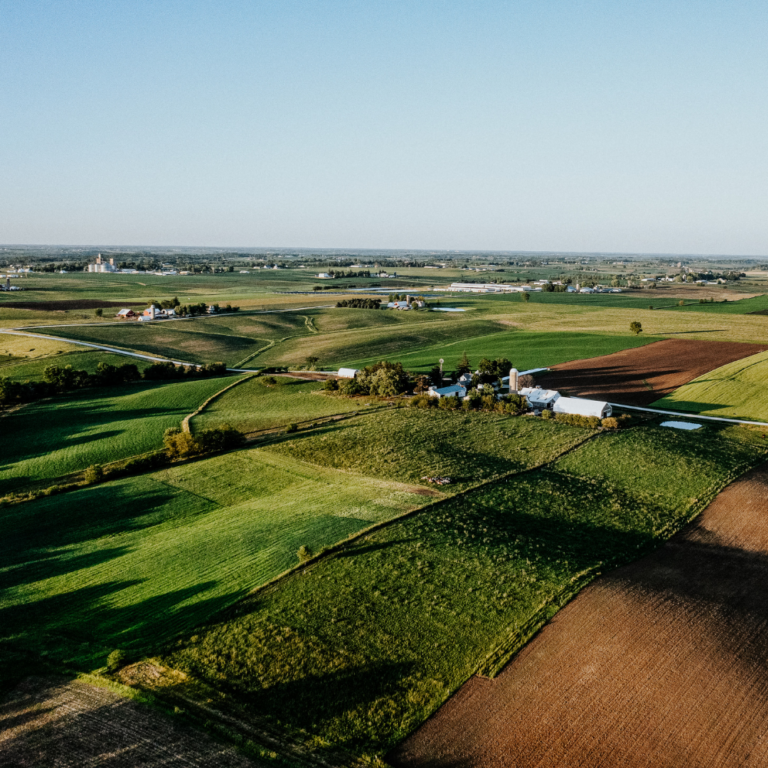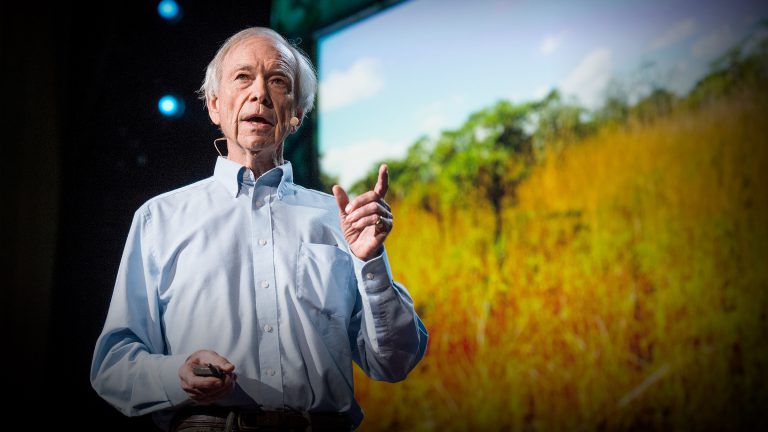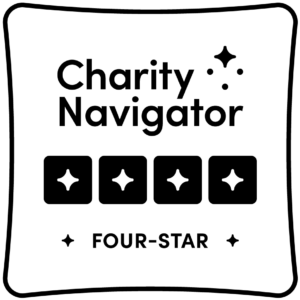Holistic Planned Grazing is a planning process for dealing with the great complexity livestock managers face daily in integrating livestock production with crop, wildlife and forest production. It allows land managers to manage the complexity of their work while ensuring continued land regeneration, animal health and welfare, and profitability.
Holistic Planned Grazing helps ensure that livestock are in the right place, at the right time, and with the right behavior.
Because so many factors are involved in ranching, and because they are always changing, there is need for a system to make planning decisions based on a multitude of factors that play into the wider needs of the ecosystem at large — for the ranchers, soil, plants, livestock, and wildlife.
Each of the factors influencing the grazing plan are recorded on a chart:
- When a farmer expects to breed and wean
- When and where areas will be covered in snow or threatened by fire
- When and where antelope are having their young
- When and where ground-nesting birds are laying
- When and where the farmer will need to trample an eroding piece of ground or a harvested cropfield, etc.
By taking the entire Holistic Context into consideration during planning, land managers can build a clear picture of where livestock need to be and when. This determines how the manager plans their moves.
Key Questions Holistic Planned Grazing Addresses

Managers subdivide their land into grazing divisions (i.e. pastures, paddocks) to gain control over livestock movements. The divisions are first planned on a map and then on the ground demarcated by fences, natural barriers, or for herders by blazed trees or natural features.
In creating their grazing plans, livestock managers decide how long the animals will stay together in one place, where they will move next, and when they will come back. The planning steps address these questions:
- What landscape are you trying to create?
- Will livestock be used to regenerate cropland soils through animal impact?
- What other wildlife, forestry, or other land uses will livestock be used to enhance?
- How much total forage will the land under management have to supply in the current planning period?
- How much forage will an average hectare/acre of land have to supply?
- How long will standing forage at the end of the growing season last in a nutritious state (including reserves for late start of the next growing season, drought, fires, wildlife, and so on)?
- How long will livestock spend in each grazing division, and when will they return (the vital recovery period grazed plants require)?
- Where and when will you need to concentrate livestock most to maintain healthy grassland, reduce weeds or woody vegetation, or prevent soil erosion?
Rotational, Rational, and Holistic Planned Grazing – How They Differ
There are any number of rotational grazing systems that involve the division of large grazing areas into smaller ones, and the rotation of livestock through them.
Grazing rotations may appear to work fairly well in perennially humid environments, where livestock are mainly run on planted and fertilized pastures and the variables are fewer.
However, water runoff, soil erosion, decreased biodiversity, and reduced capture of sunlight are usually occurring but just not seen as easily. Animal performance and forage production are generally not as high as they could be, and very dry or very wet years can cause real problems.
In the seasonally humid (or brittle) environments grazing rotations break down quickly because there are so many variables, and very few, if any, are addressed.
Rotational grazing is centuries old. While it served reasonably well in the more humid environments, it generally leads to decreased production over time.
Holistic Planned Grazing is generally more dynamic, gives greater weight toward real-time feedback and new information, and is designed to give land managers the tools and context necessary to manage complex systems.
More Resources
Free eBook: Foundations of Holistic Management »
Holistic Management Textbook »





